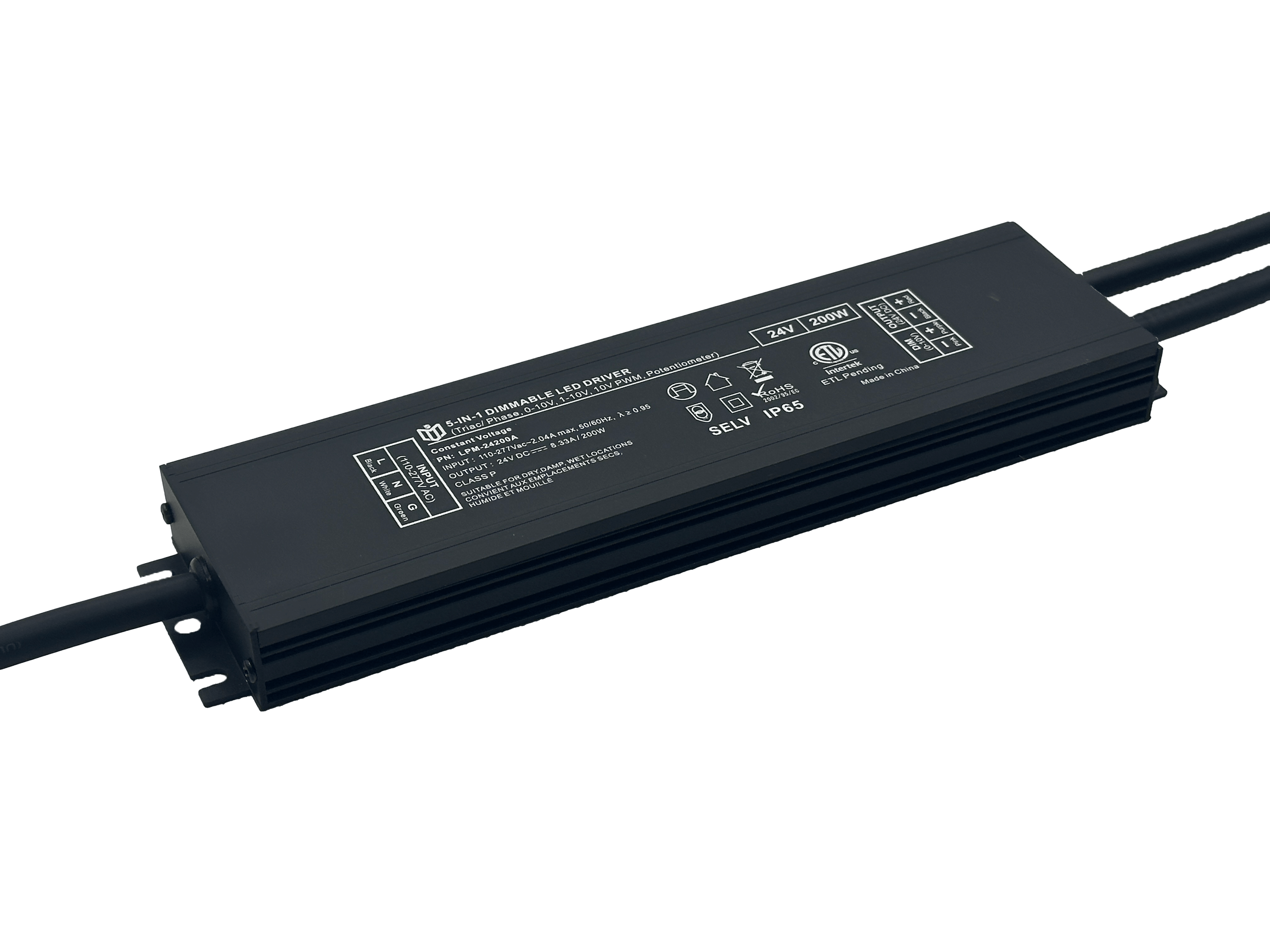Can TRIAC dimming achieve cross-brand device interoperability?
The Promise of Universal Compatibility in Lighting Control
At its core, TRIAC (Triode for Alternating Current) dimming revolutionized residential and commercial lighting by chopping AC waveforms to adjust brightness levels. Unlike early on/off switches, this phase-cutting technology allowed smooth transitions between luminosity states—a breakthrough initially hailed as a universal standard. Proponents argued that since most dimmable LEDs, CFLs, and halogen fixtures rely on similar fundamental principles (varying RMS voltage via delayed trigger angles), cross-brand interoperability should theoretically work flawlessly. After all, if two devices speak the same electrical language, why wouldn’t they play nicely together?
Why Brand Barriers Still Persist Despite Common Ground
Reality paints a complex picture. While basic TRIAC modules share design DNA, manufacturers introduce subtle variations through firmware quirks, communication handshakes, or specialized profiles tailored to their ecosystems. For instance, Philips Hue uses DALI overlaid on top of its Zigbee mesh network, whereas Lutron’s ClearConnect system prioritizes proprietary serial protocols. These additions create invisible walls: a generic TRIAC relay might power up an Osram smart bulb but fail to recognize Cree’s dynamic color temperature shifts. Worse yet, conflicting zero-crossing detection algorithms can cause audible hums or flickering when mixing brands—issues absent within homogenous setups. Even minor discrepancies in rise/fall time constants disrupt harmonious operation.
Bridging Gaps Through Standardization Efforts
Industry consortiums now push hybrid solutions marrying classic TRIAC robustness with digital intelligence. New ETSIs mandate backward-compatible APIs enabling legacy dimmers to negotiate capabilities via I²C buses before committing power delivery. Meanwhile, Matter protocol integration promises translation layers converting brand-specific dialects into Rosetta Stone equivalents for mixed deployments. Field tests show promising results: Aqara sensors successfully coordinated Philips downlights using adapted edge computing at the switch level. Such advancements suggest that true plug-and-play across brands isn’t impossible—it just requires smarter intermediaries acting as cultural translators between hardware cultures.
Practical Implications for Installers & End Users
For DIY enthusiasts building multi-vendor systems, prioritize components certified under emerging OpenTRV standards supporting adaptive load sensing. When retrofitting existing homes, test compatibility matrices rigorously; what works in lab environments may stumble upon encountering aged wiring capacitance affecting transient responses. Professional integrators increasingly recommend modular panels accepting snap-in communication cards swappable per project needs—essentially future-proofing installations against tomorrow’s connectivity shifts while leveraging today’s proven TRIAC backbone. Remember: Successful cross-brand orchestration demands treating each node not merely as a load but as part of an evolving conversation requiring active moderation.
Future Horizons: Where Are We Headed Next?

Looking ahead, silicon innovation shrinks hybrid controller footprints enough to embed them directly into light sockets themselves. Companies like Infineon demo integrated circuits combining galvanic isolation with machine learning algorithms predicting optimal cutoff points across diverse fixtures automatically. This convergence hints toward self-configuring networks where grandma’s vintage chandelier communicates natively with Alexa without extra gateways. Yet until widespread adoption occurs, savvy users will continue patching ecosystems using open-source tools like Home Assistant’s custom components—turning limitation into creative opportunity through community-driven adaptation.
 In heritage architecture prote
In heritage architecture prote
 When small-batch customization
When small-batch customization
 Have the electromagnetic emiss
Have the electromagnetic emiss
 When Triac dimmable power supp
When Triac dimmable power supp
